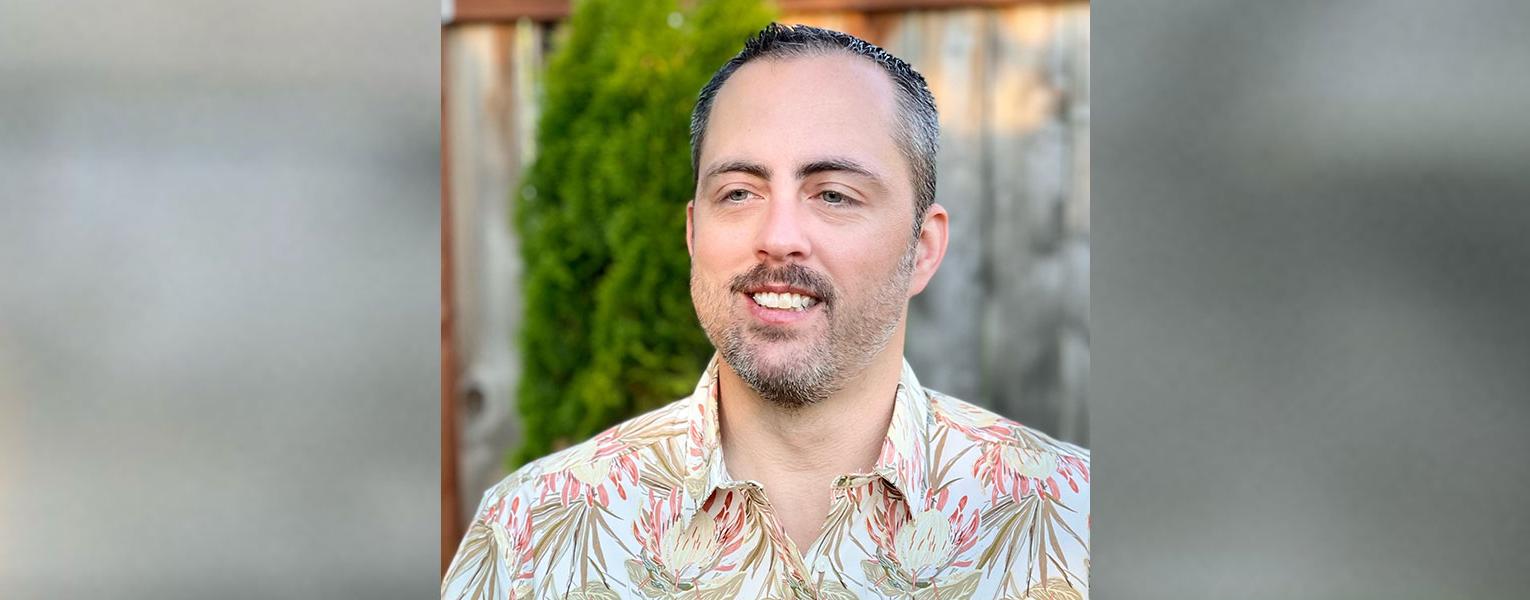8/5/2024
Faculty Spotlight: Wayne Slade, Ph.D.
Decoding the Ocean’s Secrets: The Science of Ocean Optics
The interaction of light with ocean waters can tell a story about what’s happening beneath the surface.
Ocean optics is the science of how light interacts with water and the materials in it. Understanding how light acts in water is critical to understanding the ocean biome and is at the heart of ocean color remote sensing — using the color of the water as seen by satellite instruments in space to extract information about what is in the water, such as algae and sediment. This data is important, especially collected over time, because it helps to understand climate change and ocean and coastal health.
Wayne Slade, Ph.D., specializes in ocean optics and ocean color research. He joined the faculty at Florida Atlantic University’s Harbor Branch Oceanographic Institute at the end of 2023. Slade’s background is in electrical engineering, but as a graduate student, he joined a project looking at ocean color through remote sensing.
“I was fascinated by the process of getting the measurements that were needed to make [the ocean color] modelling work,” he said. “At that time, the oceanography field would be considered ‘data poor,’ which made the measurements super difficult. I was really interested in the challenge of making the measurements work in the ocean environment.”
After earning his doctorate in oceanography, Slade went into the private sector where he worked on developing tools and technology for conducting ocean optics research.
With his move back to academia, Slade said he’s interested in refocusing his attention on fundamental research and “digging into more basic questions.”
He said he divides his research into three themes: ocean optics, particle dynamics and biogeochemistry.
“The ocean optics side is the ability to sense things in the ocean,” he explained. “We’re using how light is affected by things in the water to understand what’s in the water, and that gets us toward the particle dynamics aspect.”
The ocean is rich with particles like algae, their detritus and sediments. This material can aggregate into large masses called marine snow. Slade said he is interested in understanding how these aggregates change, form and move between different processes in the ocean.
The biogeochemistry aspect expands on the particle dynamics concept to track the cycling of material across various ocean and coastal regions.
As a new research faculty, Slade is still setting up his lab and developing new research proposals. He has received funding to develop new instrumentation for measuring scattering properties of particles in the ocean. Beyond that, he is interested in developing research on the impacts of episodic events (such as freshwater releases from Lake Okeechobee or hurricanes) on the Indian River Lagoon and coastal ocean, for example, how it might affect the algal population, including harmful algae blooms, and how we can observe and even predict these effects using ocean color remote sensing and artificial intelligence.
Slade said collaboration will be an important aspect of his research. He has already worked with some members of the Harbor Branch research faculty during his time in the private sector and sees opportunities to continue that collaboration, as well as branch out to other disciplines including fisheries and aquaculture.
“I’m really excited to dig into more applied research,” Slade said. “One of the things that motivated me coming back out of the private sector, where I was working predominantly on the engineering problems of building sensors, was to take the technology and actually get boots on the ground – or in the water – to measure, gain understanding, and solve problems.”
For more information, email dorcommunications@bjtvalve.com to connect with the Research Communication team.
